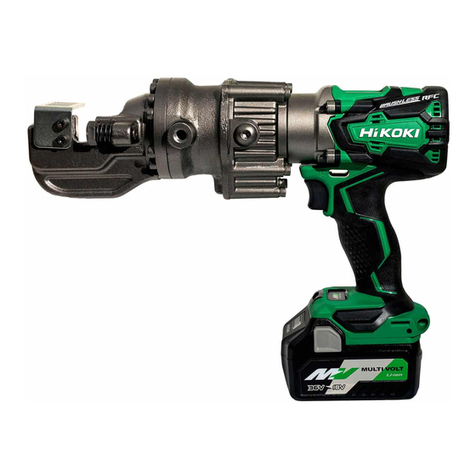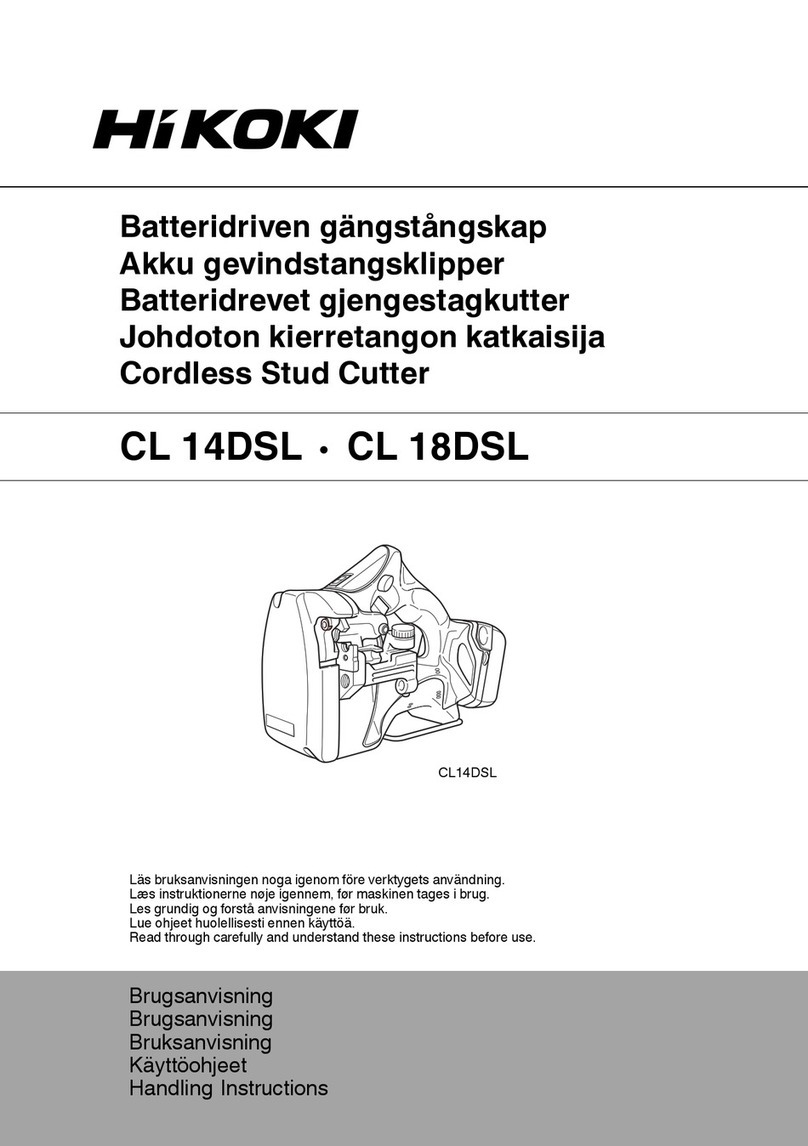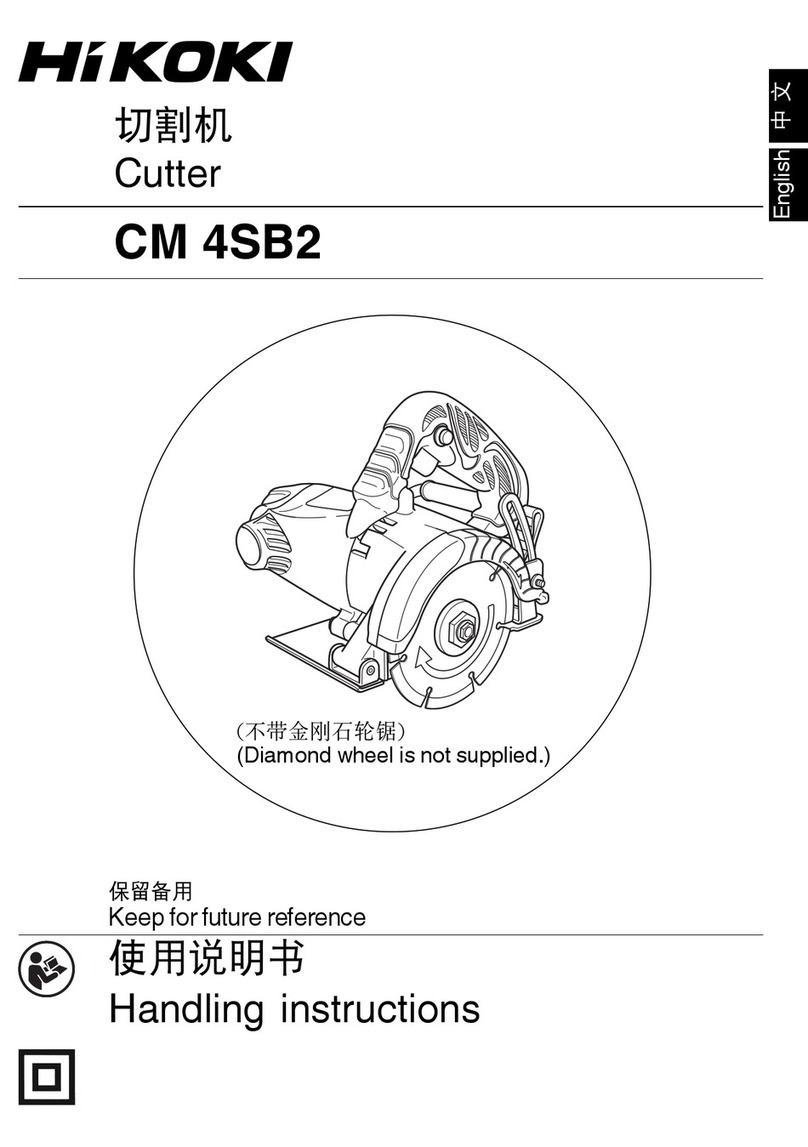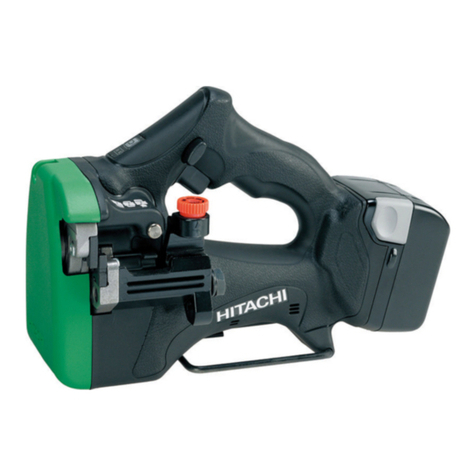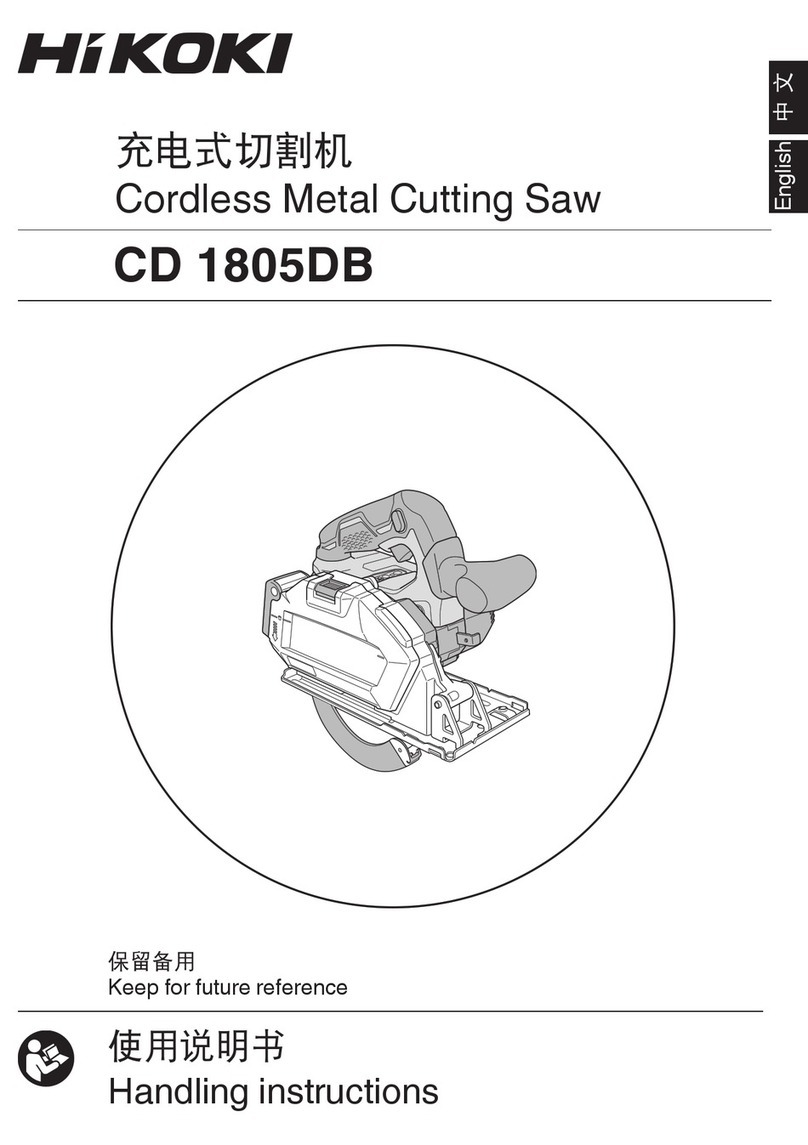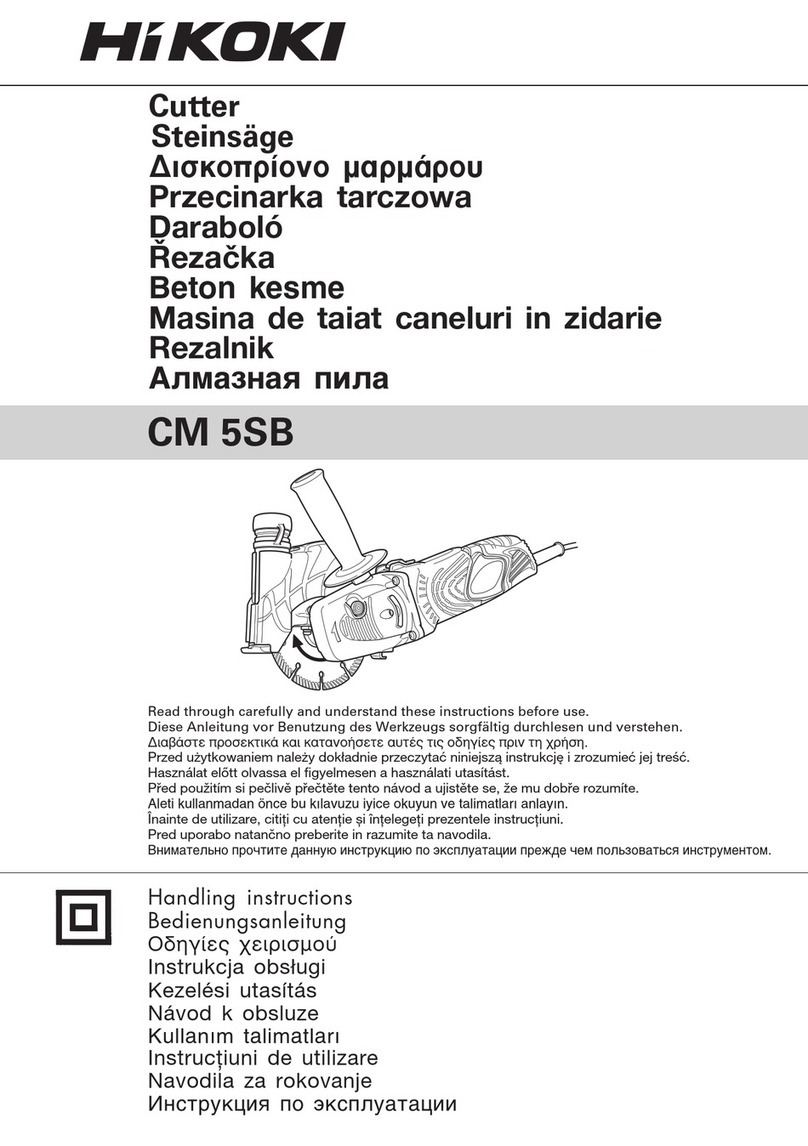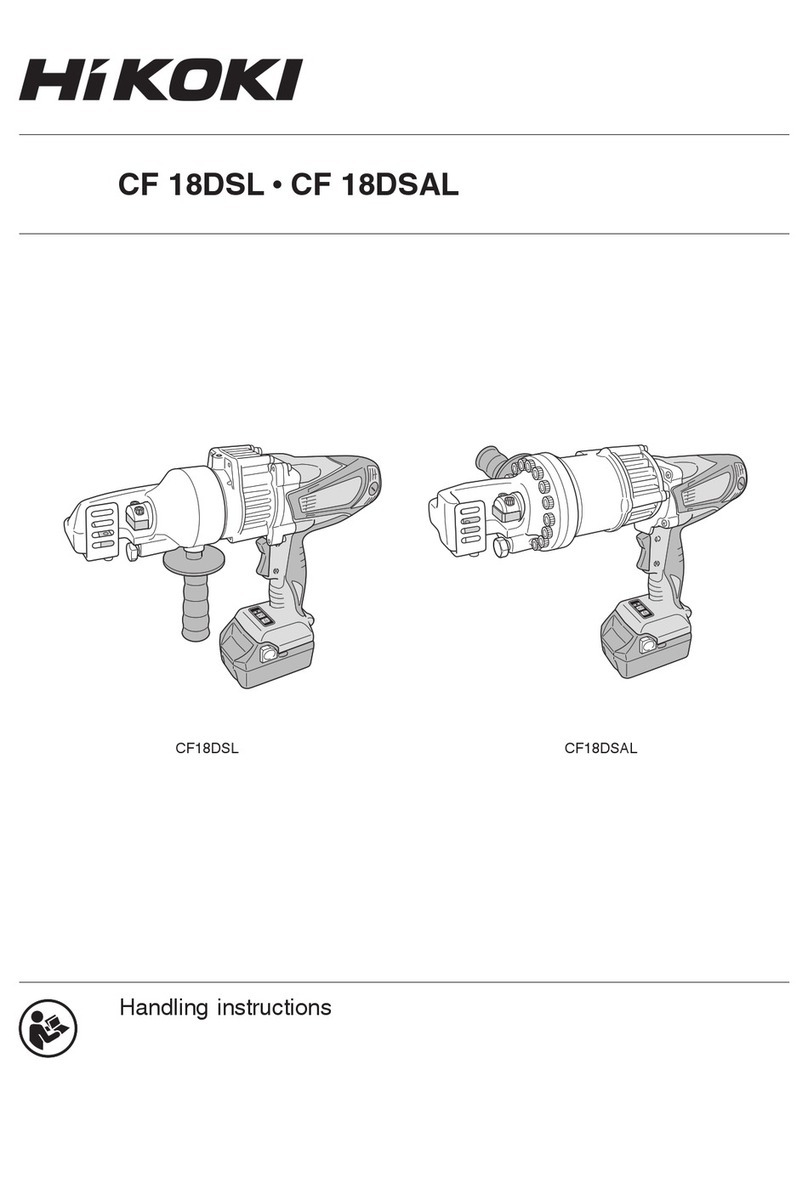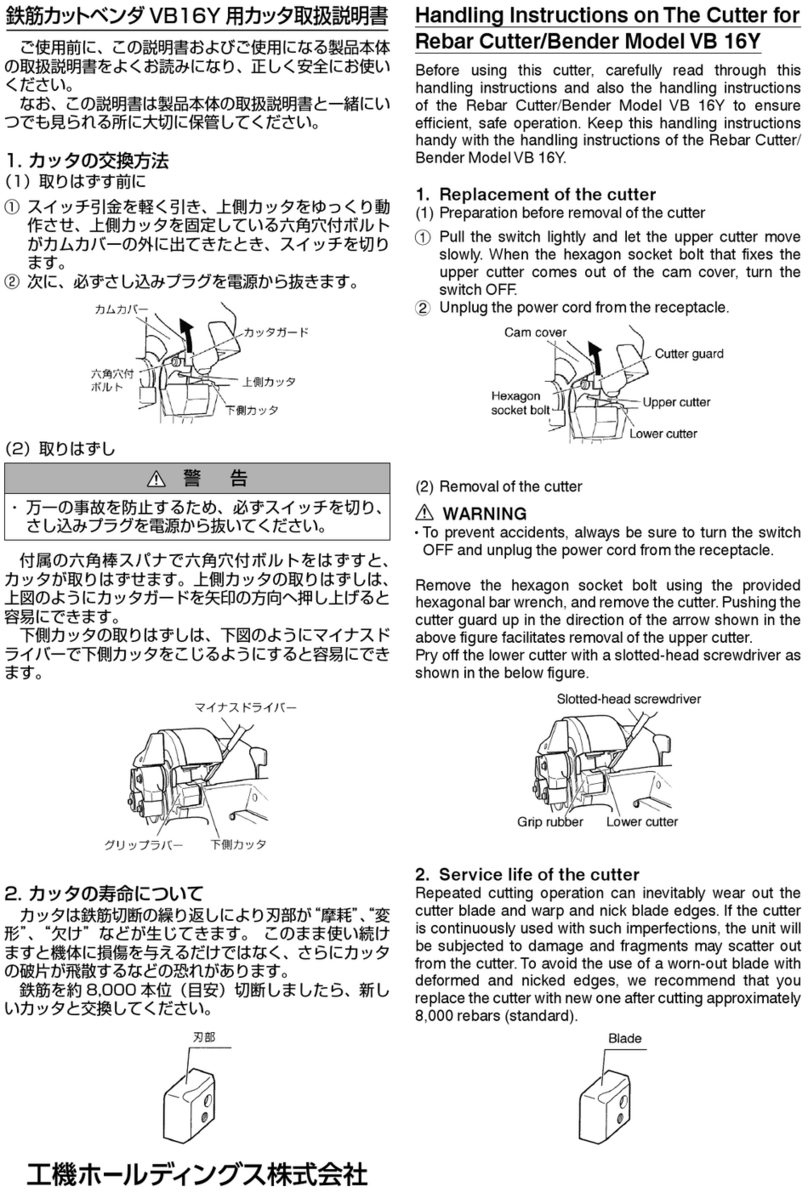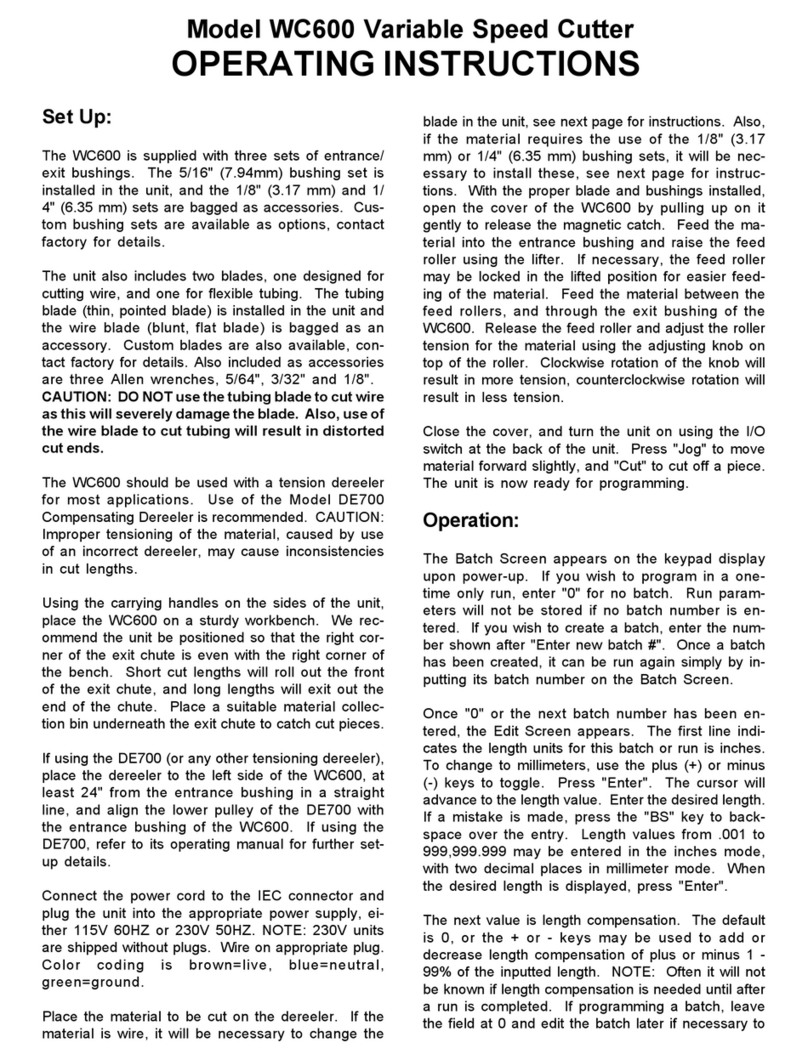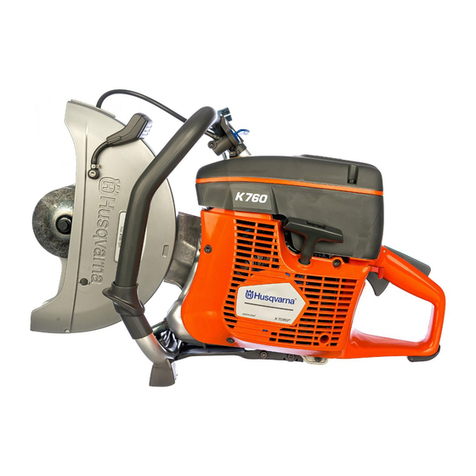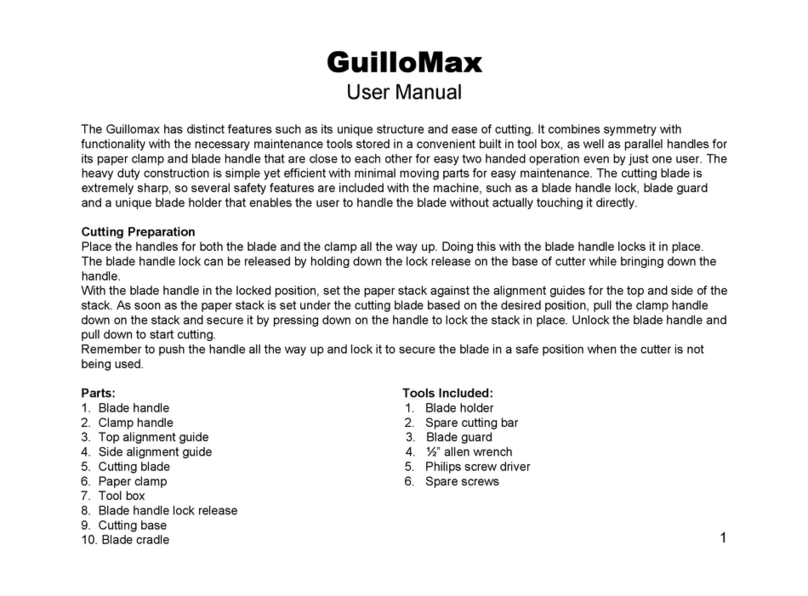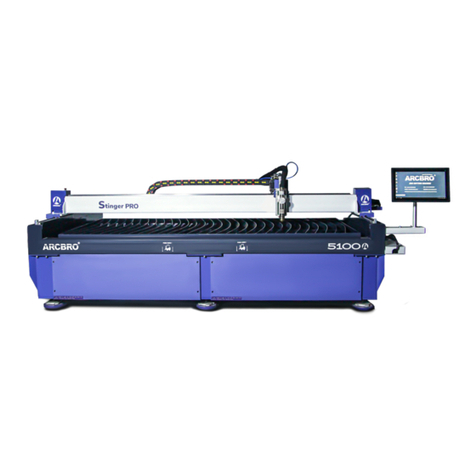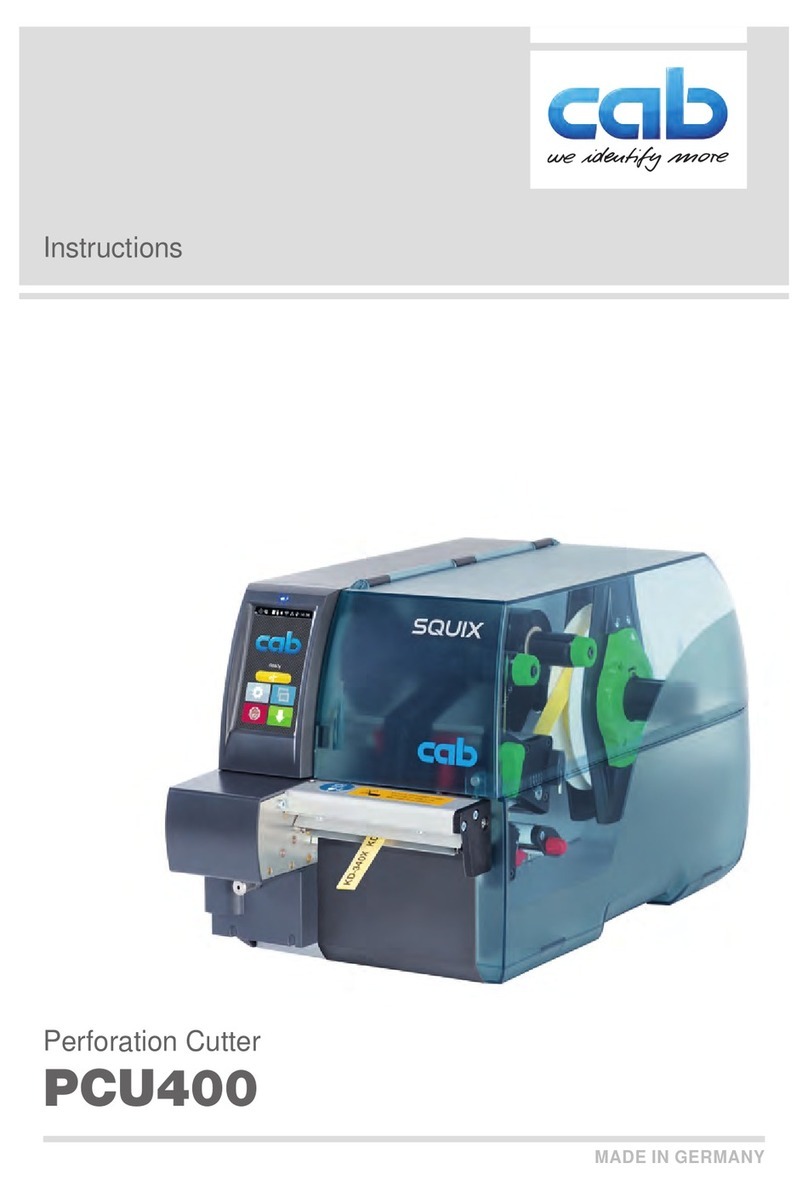
Symbols
WARNING
The following show
symbols used for the
machine. Be sure that you
understand their meaning
before use.
Symbole
WARNUNG
Die folgenden Symbole
werden für diese Maschine
verwendet. Achten Sie
darauf, diese vor der
Verwendung zu verstehen.
Symboles
AVERTISSEMENT
Les symboles suivants sont
utilisés pour l’outil. Bien
se familiariser avec leur
signification avant d’utiliser
l’outil..
Simboli
AVVERTENZA
Di seguito mostriamo
i simboli usati per la
macchina. Assicurarsi di
comprenderne il significato
prima dell’uso.
To reduce the risk of injury,
user must read instruction
manual.
Failure to follow the warnings and
instructions may result in electric
shock, fire and/or serious injury.
Der Anwender muss die
Bedienungsanleitung lesen, um
das Risiko einer Verletzung zu
verringern.
Wenn die Warnungen und
Anweisungen nicht befolgt
werden, kann es zu Stromschlag,
Brand und/oder ernsthaften
Verletzungen kommen.
Pour réduire les risques de
blessures, l’utilisateur doit lire
le manuel d’utilisation.
Tout manquement à observer ces
avertissements et instructions peut
engendrer des chocs électriques,
des incendies et/ou des blessures
graves.
Per ridurre il rischio di lesioni,
l’utente deve leggere il manuale
delle istruzioni.
La mancata osservanza degli
avvertimenti e delle istruzioni
potrebbe essere causa di scosse
elettriche, incendi e/o gravi lesioni.
Only for EU countries
Do not dispose of electric tools
together with household waste
material!
In observance of European
Directive 2012/19/EU on
waste electrical and electronic
equipment and its implementation
in accordance with national law,
electric tools that have reached
the end of their life must be
collected separately and returned
to an environmentally compatible
recycling facility.
Nur für EU-Länder
Werfen Sie Elektrowerkzeuge
nicht in den Hausmüll!
Gemäss Europäischer
Richtlinie 2012/19/EU über
Elektro- und Elektronik-
Altgeräte und Umsetzung
in nationales Recht müssen
verbrauchte Elektrowerkzeuge
getrennt gesammelt und
einer umweltgerechten
Wiederververtung zugeführt
werden.
Pour les pays européens
uniquement
Ne pas jeter les appareils
électriques dans les ordures
ménagères!
Conformément à la directive
européenne 2012/19/UE relative
aux déchets d’équipements
électriques ou électroniques
(DEEE), et à sa transposition
dans la législation nationale, les
appareils électriques doivent être
collectés à part et être soumis
à un recyclage respectueux de
l’environnement.
Solo per Paesi UE
Non gettare le apparecchiature
elettriche tra i rifiuti domestici.
Secondo la Direttiva Europea
2012/19/UE sui rifiuti di
apparecchiature elettriche ed
elettroniche e la sua attuazione in
conformità alle norme nazionali,
le apparecchiature elettriche
esauste devono essere raccolte
separatamente, al fine di essere
reimpiegate in modo eco-
compatibile.
Symbolen
WAARSCHUWING
Hieronder staan symbolen
afgebeeld die van
toepassing zijn op deze
machine. U moet de
betekenis hiervan begrijpen
voor gebruik.
Símbolos
ADVERTENCIA
A continuación se muestran
los símbolos usados para
la máquina. Asegúrese de
comprender su significado
antes del uso.
Símbolos
AVISO
A seguir aparecem os
símbolos utilizados pela
máquina. Assimile bem
seus significados antes
do uso.
Om het risico op
verwondingen te verminderen,
moet de gebruiker de
instructiehandleiding lezen.
Nalating om de waarschuwingen
en instructies op te volgen kan in
een elektrische schok, brand en/of
ernstig letsel resulteren.
Para reducir el riesgo de
lesiones, el usuario deberá leer
el manual de instrucciones.
Si no se siguen las advertencias
e instrucciones, podría producirse
una descarga eléctrica, un
incendio y/o daños graves.
Para reduzir o risco de lesão, o
utilizador deve ler o manual de
instruções.
Se não seguir todas as instruções
e os avisos, pode provocar um
choque eléctrico, incêndio e/ou
ferimentos graves.
Alleen voor EU-landen
Geef elektrisch gereedschap niet
met het huisvuil mee!
Volgens de Europese richtlijn
2012/19/EU inzake oude
elektrische en elektronische
apparaten en de toepassing
daarvan binnen de nationale
wetgeving, dient gebruikt
elektrisch gereedschap
gescheiden te worden ingezameld
en te worden afgevoerd naar een
recycle bedrijf dat voldoet aan de
geldende milieu-eisen.
Sólo para países de la Unión
Europea
¡No deseche los aparatos
eléctricos junto con los residuos
domésticos!
De conformidad con la Directiva
Europea 2012/19/UE sobre
residuos de aparatos eléctricos
y electrónicos y su aplicación
de acuerdo con la legislación
nacional, las herramientas
eléctricas cuya vida útil haya
llegado a su fin se deberán
recoger por separado y trasladar a
una planta de reciclaje que cumpla
con las exigencias ecológicas.
Apenas para países da UE
Não deite ferramentas eléctricas
no lixo doméstico!
De acordo com a directiva
europeia 2012/19/UE sobre
ferramentas eléctricas e
electrónicas usadas e a
transposição para as leis
nacionais, as ferramentas
eléctricas usadas devem ser
recolhidas em separado e
encaminhadas a uma instalação
de reciclagem dos materiais
ecológica.
6
0000BookCL14DSLWE.indb60000BookCL14DSLWE.indb6 2019/08/3012:11:452019/08/3012:11:45

